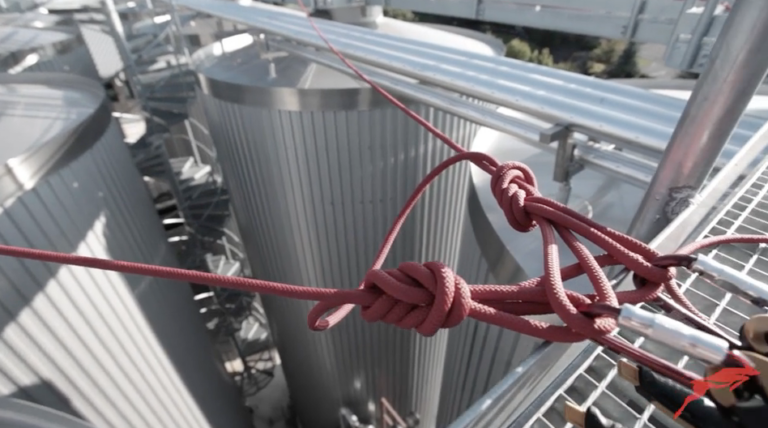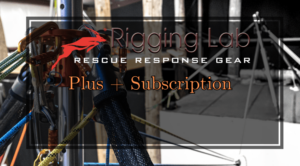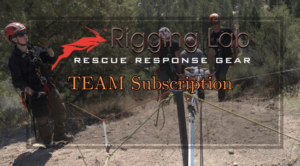The V Anchor System in Industrial Rope Access
1. Why the V Anchor?
The V anchor is a versatile and efficient method for configuring anchor points, allowing users to select a focal point that aligns with the desired place of work. It is ideal for scenarios where precision is critical.
- Versatility: Applicable in various configurations, from rappelling and abseiling to top climbing with belays.
- Simplicity: Easy to set up using minimal equipment while maintaining safety and efficiency.
- Adaptability: Allows for fine-tuning of the focal point to align with the work location.
2. Modifications for Industrial Rope Access
In this scenario, a variation of the standard V anchor is introduced to optimize rope usage:
- Single V Anchor with a Double Loop Figure Eight:
- At the focal point of the V anchor, two double-loop figure-eight knots are tied.
- Each loop is slightly different in length, creating offset anchor points for the twin rope system.
- Advantages:
- Rope Efficiency: Reduces the amount of rope required compared to overlaying two V anchors.
- Independent Points: Provides two distinct anchor points for access ropes, ensuring redundancy and flexibility.
- Precision Positioning: Tailored to the specific location of the work, accommodating the unique needs of industrial rope access.
Steps to Set Up the Twin Rope System
- Anchor Selection:
- Identify two ultimate anchors that are independently strong and reliable.
- Combine these anchors into a single focal point using a V anchor configuration.
- Create the Double Loop Figure Eights:
- At the focal point, tie two double-loop figure-eight knots with slight variations in loop length.
- Ensure the loops are offset to create two separate positions for the ropes.
- Attach the Access Ropes:
- Secure each access rope to the loops of the double-loop figure eights using locking carabiners.
- Test the system to ensure the ropes are properly tensioned and the load is evenly distributed.
- Final Checks:
- Verify all knots are well-dressed and secure.
- Ensure the ropes are free of twists and positioned to prevent abrasion.
- Perform a load test to confirm system integrity.
Applications of the Twin Rope System
- Industrial Rope Access Work:
- Ideal for maintenance, inspections, and repairs in industrial environments where precise access is required.
- High-Angle Operations:
- Provides redundancy and safety for workers in elevated positions.
- Adaptable Configurations:
- The offset anchor points allow for independent movement and adjustments during operations.
Comparison: Industrial vs. Technical Rescue
| Aspect | Industrial Rope Access | Technical Rescue |
|---|---|---|
| Focus | Precise access to a work location | Responding to unpredictable incidents |
| Anchor Configuration | Single V anchor with offset loops for efficiency | Double V anchor for mirrored systems |
| Rope Usage | Optimized to reduce waste | Redundant for maximum safety |
| Scenario | Planned and controlled | Dynamic and reactive |
Conclusion
The V anchor system, modified with double-loop figure-eight knots, demonstrates the versatility required for industrial rope access. By optimizing rope usage and allowing precise focal point adjustments, this setup ensures safety, efficiency, and adaptability in complex environments. Whether performing routine maintenance or navigating challenging industrial structures, the twin rope system provides a reliable solution for accessing hard-to-reach locations.
Reference Links
- V Anchor for Rappelling
- Anchors and Hauling Systems
- Knots for Rope Rigging
- Mechanical Advantage Systems
Peace on your Days
Lance










